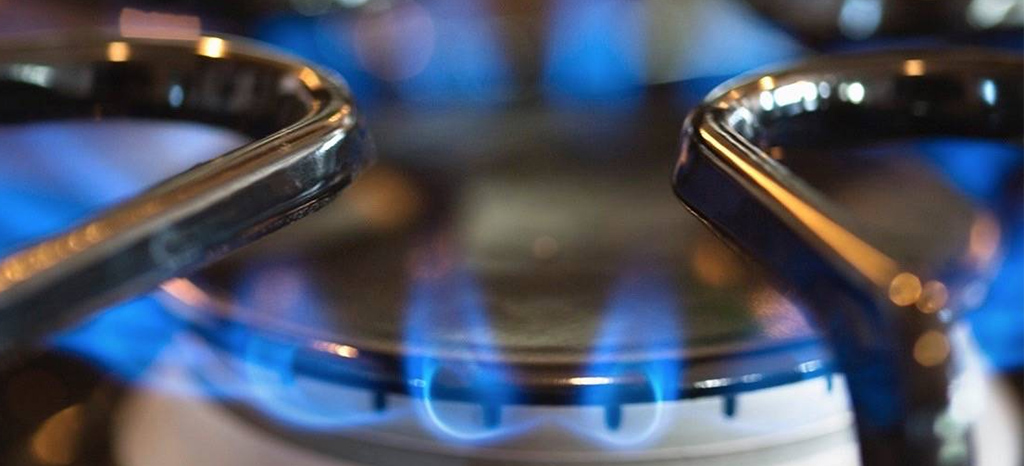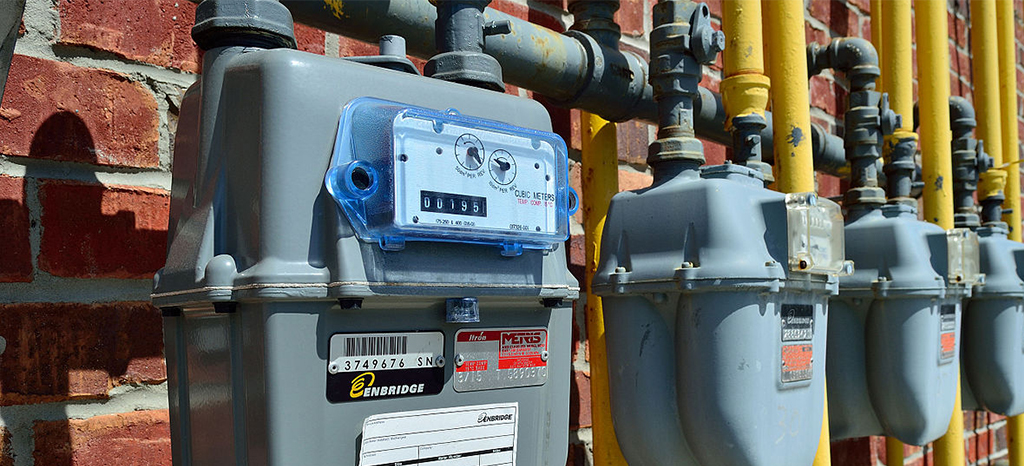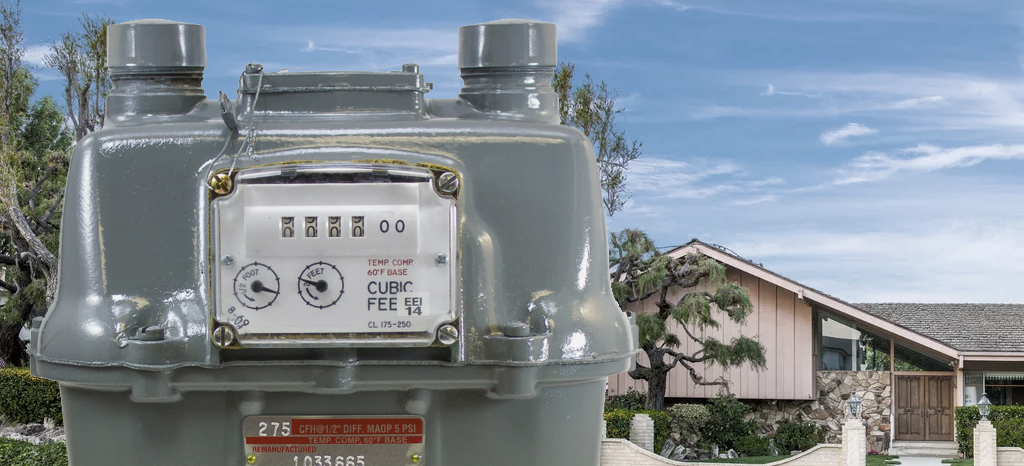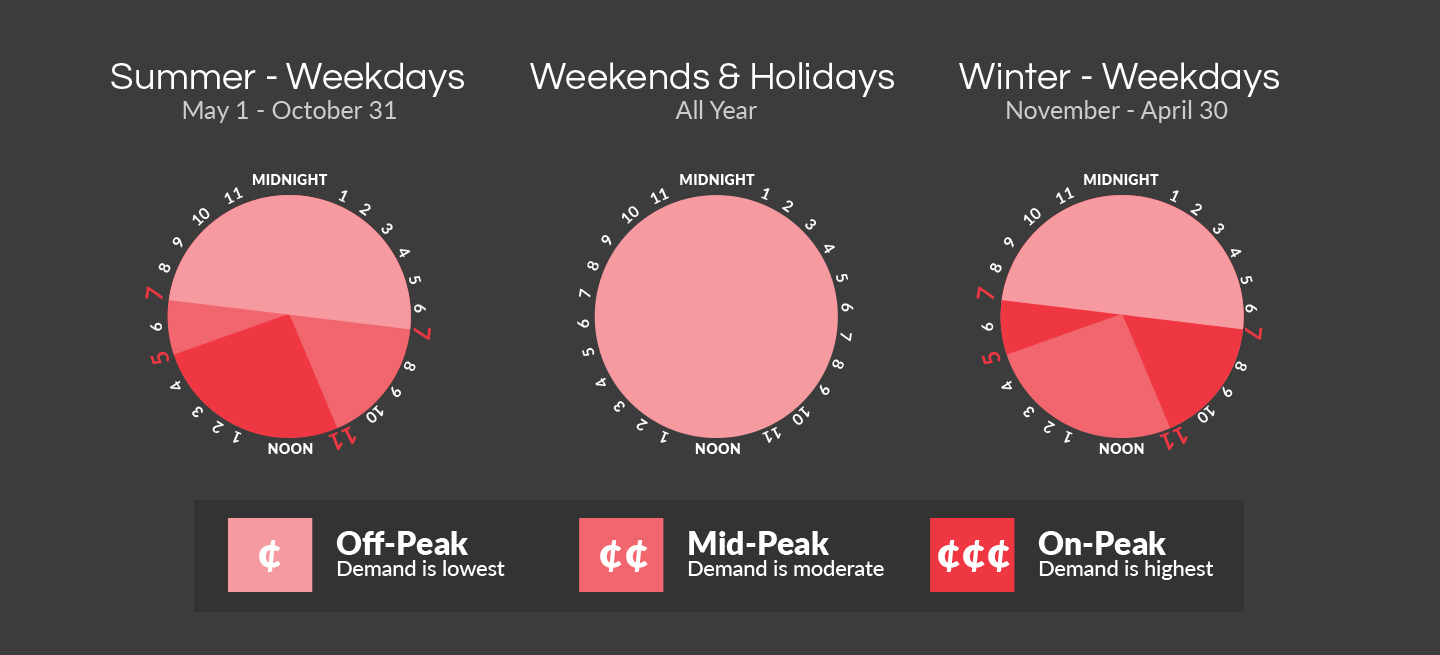Fixed Energy Rate Plans
A fixed energy rate plan allows you to avoid the uncertainty of changing energy prices and pay the same fixed rate monthly for your energy usage.
Energy rates can change due to a lot of factors, many of which are unforeseeable and can cause a drastic change in the price of energy. Government policy, trade wars, natural disasters, and many other unanticipated happenings can cause the price of energy to skyrocket. As a homeowner, you would surely want a level of consistency when it comes to your bills. The fact that so many things out of your control affect your monthly spending may give you anxiety. Fixed energy rate plans allow for you to have peace of mind by knowing that your energy rate will remain unchanged by whatever is currently happening in the world.
Why Natural Gas Rates Fluctuate
Natural gas rates can be affected by a multitude of factors which affect the supply and demand for the resource on the market.
Price fluctuations in natural gas prices are due to changes in the supply and demand of the resource. As supply and demand changes, the price changes accordingly to bring natural gas back to its equilibrium price. A price equilibrium is the price at which supply and demand are equal and the market’s needs are met. These changes in supply and demand affect your natural gas rates so it’s best to understand exactly what causes these price fluctuations.
Understanding Ontario Natural Gas Rates
Ontario natural gas rates are regulated to give consumers the benefit of a stable and fair price for their natural gas usage.
In Ontario there are three regulated natural gas providers, these being: Union Gas, Enbridge Gas, and Natural Resource Gas. Consumers in Ontario are able to choose whether they would like to have their natural gas provided to them at a competitive rate through a retailer or from their local utility. Though there are only three regulated natural gas providers, there are many competitive retailers to choose from. The Ontario Energy Board (OEB) are who regulate the Ontario natural gas rates. The OEB has developed a code of conduct for gas retailers which provide consumers with a level of protection on the energy market. They also determine the cost associated with transmitting, storing, and delivering the natural gas. The price of natural gas is affected by a variety of factors and it can change based on the time of year, the market, weather patterns, major weather events, etc.
Reduce your Carbon Footprint with LED Lights
Our actions have an impact on the environment whether we like it or not, but doing a good deed for the planet can be as easy as switching to LED lights in your home.
We all know that as human beings, the choices we make have a huge impact on the future of our planet and the future generations that will inhabit it. For this reason, we should all have a level of responsibility for our personal impact on the world. Technological advancements have given us the option to choose environmentally friendly products that reduce our carbon footprint. A small but impactful change that you can make in your home to help the environment is to switch to LED lights.
How to read Gas Meter
Reading your natural gas meter is one way to tell how much natural gas you’re using each month.
Regardless of who you buy your natural gas from in Ontario, your local gas utility company is responsible for reading your meter. It is good to know how to read your gas meter, as you will be able to determine whether or not you’re being accurately billed. If you notice an error, you can notify your gas distributor a few days before the next bill is due to be generated, and have it adjusted accordingly.
Did you know proper sealing saves energy?
Caulking and Sealing Saves Energy – weatherstripping and caulking helps to keep heat and air conditioned air where it should be – in your home!
Constantly heating and cooling your home will not do much if your home has air leaking right out of it due to gaps between framing and door frames and other gaps in the house. Proper sealing saves energy because it is used to seal those gaps around moving and still parts in your home such as windows, doors, plumbing and more. Expanding foam caulk can fill gaps between doors and frames and non expending insulating foam can be used on things like baseboard, ceiling and tiles.
Energy savings Tips
Here is a simple list of energy savings tips that could trim your energy use.
- Install Dimmer Switches in your home– this helps you to use as much light as needed.
- LED Lighting – switch most widely used bulbs in your home to LED. Replace the rest as they burn out. LED bulbs use about 90 % less energy than regular bulbs.
- Wash Laundry in Cold water – For additional energy savings in your home wash laundry in cold water. About 90 % of energy usage in washing machines goes to heating water.
- Full Load Laundry and Dishwasher – You can maximize energy savings by only doing full load laundry and dishwashing. Laundry and dishwasher machines use lot electricity.
Time-of-use (TOU) Prices
The majority of Ontario electricity users pay time-of-use prices. If you’ve signed an electricity contract with a company, these prices will not affect you. There are three time-of-use price periods:
-
Off-peak, when demand for electricity is lowest. Ontario households use the majority of their electricity – nearly two thirds of it – during off-peak hours.
-
Mid-peak, when demand for electricity is moderate. These periods are during the daytime, but not the busiest times of day.
-
On-peak, when demand is highest. The busiest times of day. Generally when people are cooking, firing up their computers and running heaters or air conditioners.
The chart above below shows the price you pay today for electricity at different times of the day.
Vampire Electronics, what are they and how to deal with them?
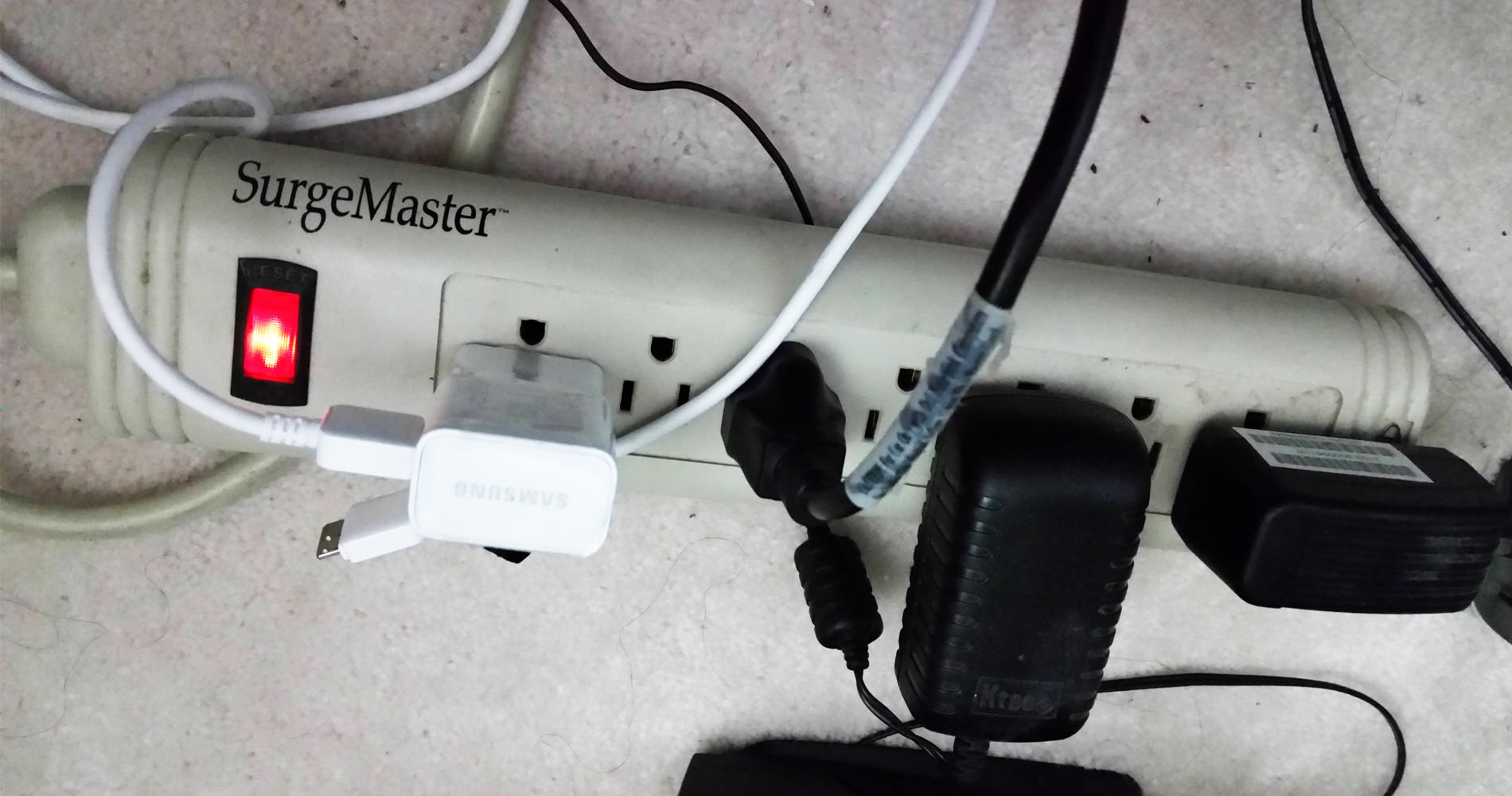
You may not realize it but even when our appliances and devices are powered off but still plugged in, they are using power. This is known as “vampire electronics”.
And this can have significant impact on a consumer’s wallet. Vampire electronics can add more than $100 per year to your electricity bills.
Fixed Price Energy
Canada Locations
Albertasoon
British Columbiasoon
Manitobasoon
Ontario
Quebecsoon
Saskatchewansoon

